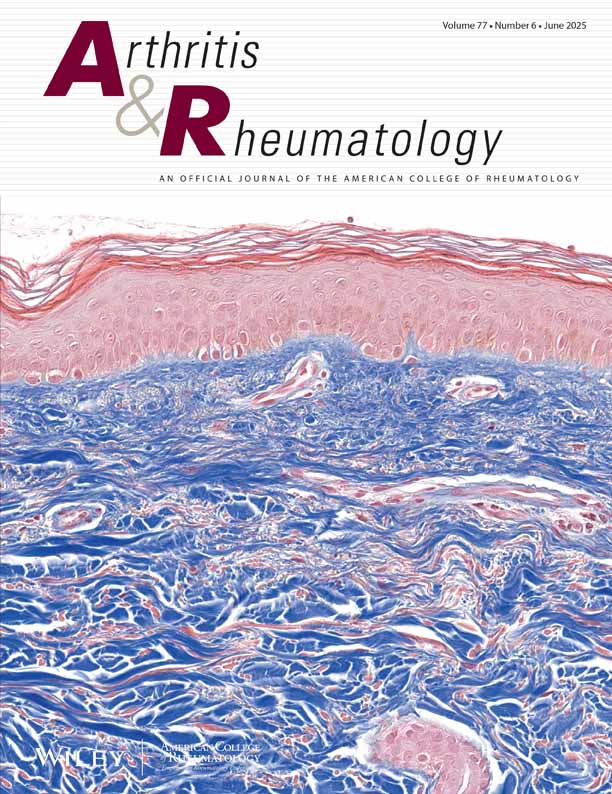H-ras oncogene point mutations in arthritic synovium
Abstract
Objective. To examine mutational activation of ras proto-oncogenes in synovial tissue from patients with rheumatoid arthritis (RA) compared with synovial specimens from patients with osteoarthritis (OA) or other arthropathies. Synovial samples from cadavers, without any signs of joint disease, were used as control material.
Methods. Using a combination of polymerase chain reaction (PCR) and automated sequencing of the amplified PCR product, regions around codons 12, 13, and 61 of the H-, K-, and N-ras proto-oncogenes were analyzed. Confirmation of mutations was based on restriction fragment length polymorphism analysis and/or oligonucleotide hybridization.
Results. Four (6%) of 72 patients with RA, 2 (13%) of 16 with OA, and 1 (8%) of 12 with other arthropathies harbored mutant H-ras proto-oncogenes, and were heterozygous at codon 13 for the GGT→GAT (Gly→Asp) change. An unexpected mutation was found in the H-ras gene, in which a heterozygous GTG→ATG (Val→Met) mutation was observed over codon 14. The incidence for this mutation was 39% (28 of 72) in RA patients, 94% (15 of 16) in OA patients, and 42% (5 of 12) in patients with other arthropathies. All samples carrying the codon 13 mutation of H-ras were also codon 14-mutated, i.e., double mutations existed. Identical point mutations were also detected in a few synovial specimens obtained from cadavers (n = 8), including a single case of double mutation. All specimens showed normal K- and N-ras loci.
Conclusion. Activation of proto-oncogene H-ras by point mutation in codons 13 and 14 occurred in the synovial tissue of patients with RA, OA, or other arthropathies, as well as, to some extent, in the control synovia, indicating that the phenomenon is not specific for RA. In codon 14, incidence of the H-ras point mutation was highest in OA tissue. The possible significance of this codon 14-mutated H-ras gene needs to be clarified.




